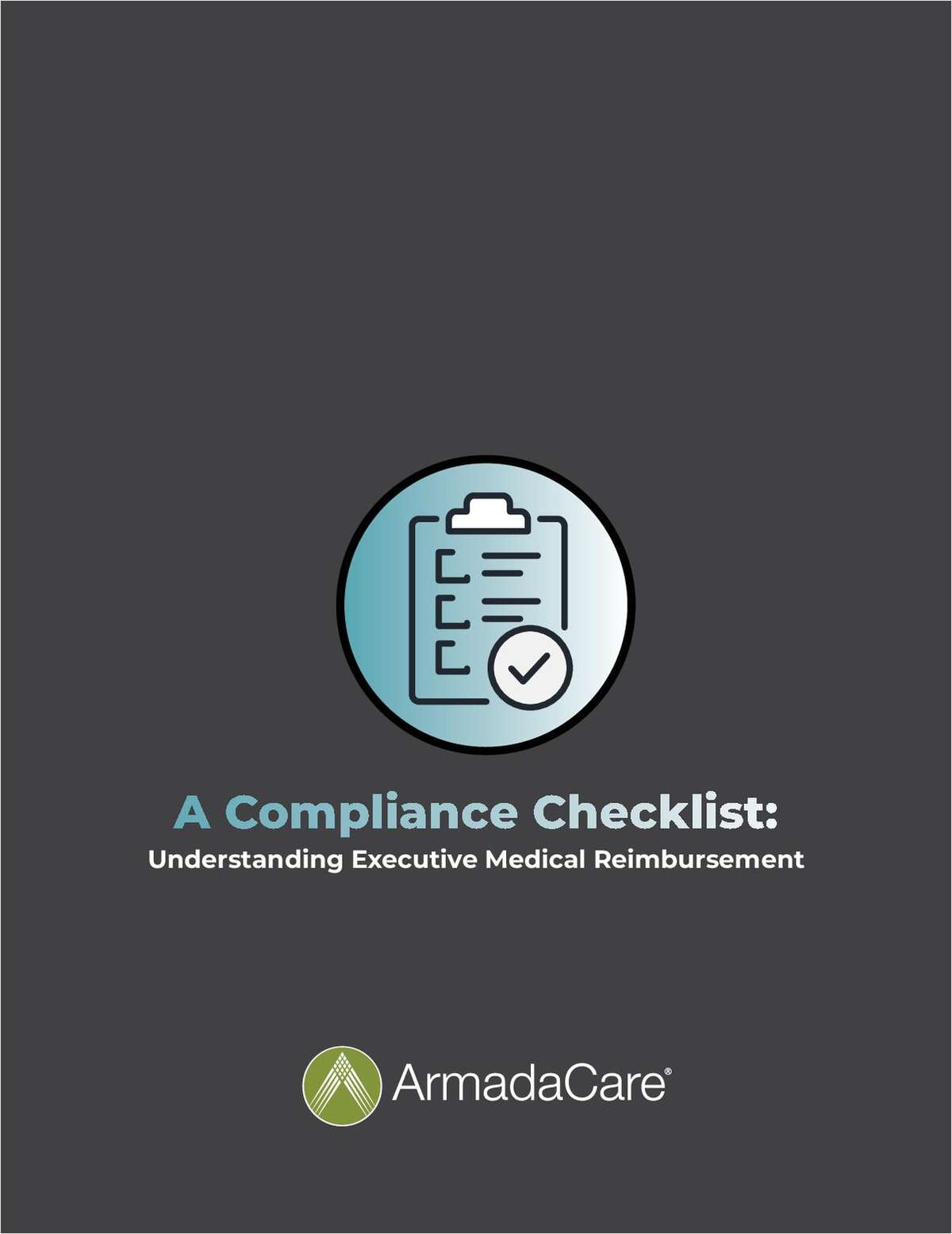We are living in a fascinating time. Companies like Amazon have set the bar high for customer expectations, and advancements in artificial intelligence and big data are poised to help us deliver it like never before. Take CRM systems, for example. The latest advancements leverage AI and big data to deliver relevant personalized experiences and a 360 view of your customer at the fingertips of your sales team and your customer service reps. It’s everything you need to deliver the holy grail of the brand experience — authenticity, trustworthiness, and the sense that you care for each and every one of your customers as if they were family.
And yet despite the capabilities of the technology, there are still a lot of bad experiences out there and more than a few CRM fails. Bad data, disconnected data, disengaged sales teams, and a customer who is often left wondering if you even know them. How can this happen? And more importantly, what can we do to prevent it?
In my 20 years of experience leveraging technology to improve the customer experience, I’ve seen quite a few missteps in the implementation of CRM systems. Here are the five most common, along with advice for how to avoid them.
1. Relying on stereotypes that hide the human behind the data
Millennials. They wear knit beanies, thick black-rimmed glasses and have at least one earbud in at all times. That’s the stereotype; and it’s one that many marketers focus on — which is likely the reason this demographic is skeptical and doesn’t trust companies. It’s hard to build relationships with customers when there is a slew of preconceived notions that are at best annoying and at worst offensive. This is the first mistake many companies make when looking at CRM data and executing sales strategies based on biased information.
Instead Ask: Do I understand my customers across all dimensions?
Building relationships with customers means looking beyond the stereotypes. Conclusions should be drawn from raw data based on people, their motivations, and moments of truth to build trust and authentic relationships.
Don’t just create three or four customer personas. Build profiles that reach across dimensions, time and transactions. Map customer interactions and attitudes to provide sales and marketing teams with thorough customer data that allows the team to build quality messages and relationships.
2. Using data to document the past, rather than predict the future
Knowing where you’ve been is important, and it can tell you how you’re doing with current customer relationships and sales. However, a CRM system that only documents past customer actions isn’t showing you the most valuable piece of the data picture: what’s next. Companies need to get predictive with their customer data to encourage customer action and help them on their journey.
Instead Ask: What do my customers’ actions today say about what they will do tomorrow?
Don’t just set key performance indicators. Establish key predictive indicators and build them into the CRM process to aggregate customer data and extrapolate their behavior into useful, applicable actions. This can lead to helping customers make decisions and even improve brand loyalty.
3. Implementing a CRM that doesn’t fit with how employees actually do their jobs
If you don’t take your employees into consideration, then instead of empowering them, your CRM will become a hindrance. They won’t see the value and will resent attempts to get them to use it, which impacts their relationship with the company and affects productivity, engagement and ultimately customer satisfaction.
Instead Ask: What is a day in their life? How can we better enable them?
Do you really understand your employees? Most often, CRMs are implemented as tracking mechanisms to monitor internal employee productivity. Ideally, a CRM system should be a salesperson’s best friend, providing them with the information they need to engage and build relationships with their customers. Focus the CRM on the customer data that your employees really need and the sales numbers will follow.
4. Implementing a CRM that is siloed or single purpose
Many CRM systems collect quality raw data; however, that isn’t what makes or breaks customer relations. What really hurts companies is a lack of integration for sharing customer information between departments. Disconnected data is the often overlooked, silent killer of business that frustrates customers and lead them to seek out a competitor.
Instead Ask: What do we really know? Who knows it?
From sales to customer support, streams of data are flowing into companies’ CRM systems constantly. But how much of that data automatically transfers with customers as they continue onto their next steps? There are many solutions for pairing data with customers on their journey, but the initial step is to understand where all the data is, as well as which pieces are relevant, and to whom, in order to build an fully-integrated system.
5. Not connecting the CRM to the big picture strategy
This is less about what a company can do for customers, and more about what they can do for your business. If a CRM system is not connected to the company’s big picture strategy, you may be collecting irrelevant information about customers and not maximizing potential relationship building opportunities. Customers can provide insights and feedback if you tailor your interactions around the big picture strategy for overall business improvements. Remember, you don’t get what you don’t ask for.
Instead Ask: Where are we going? Who do we aspire to be?
To achieve the big picture strategy, companies need to look at the intersection of what your customers need and what you have to offer for the relationship to be mutually beneficial. Ask questions such as, “Do our customers impact where we want the company to go?” or “Are we collecting the right data and tracking the best metrics for future growth?” By asking these types of exploratory questions, companies can drill down and focus on success rather than get bogged down by irrelevant CRM data.
While there may be other CRM implementation fails, these five are the ones that can have the biggest impact on your customer and employee experience. The good news is you can avoid them if you step back from the CRM technology discussion long enough to get a little introspective and just ask.
Complete your profile to continue reading and get FREE access to BenefitsPRO, part of your ALM digital membership.
Your access to unlimited BenefitsPRO content isn’t changing.
Once you are an ALM digital member, you’ll receive:
- Breaking benefits news and analysis, on-site and via our newsletters and custom alerts
- Educational webcasts, white papers, and ebooks from industry thought leaders
- Critical converage of the property casualty insurance and financial advisory markets on our other ALM sites, PropertyCasualty360 and ThinkAdvisor
Already have an account? Sign In Now
© 2025 ALM Global, LLC, All Rights Reserved. Request academic re-use from www.copyright.com. All other uses, submit a request to [email protected]. For more information visit Asset & Logo Licensing.








